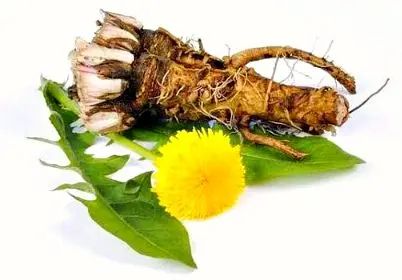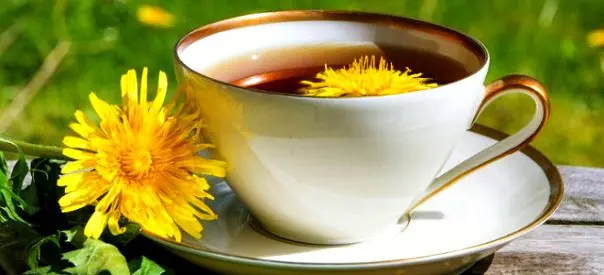Contents
The time has come for dandelions – cute yellow flowers that can be found in any country in the world, except for the Arctic latitudes and high mountain regions. Let’s get to know them better, find out how dandelion is useful, what its healing properties are and where it is used.
😉 Dialogue:
– What flowers do you like the most?
– Dandelions.
– Why?
– They are free, and they are not sold.

What is Dandelion?
This question is simple, but in more detail, it will be like this: this is a perennial plant of the Astrov family, a honey plant that bees adore. It blooms in March, April and May, depending on climatic conditions. Propagated by dry seeds of downy caps, which are carried by the wind over long distances.
A common species is the medicinal dandelion. The name itself says that it is a medicinal plant. In fact, dandelion is an active weed with high regeneration, which is difficult to get rid of. If you want to clear a piece of land from dandelions, then this should be done during the budding period of the plant.
The famous medieval doctor Avicenna used dandelion juice in his practice to treat eye diseases, edema. Since ancient times, many peoples have used the stems and leaves for borscht, soups and salads. The flowers are used to make wine and jam. Many have heard or read the novel Dandelion Wine by Ray Bradbury.
Composition
Inulin, the bitter glycoside taraxacin, choline, various carotenoids, flavonoids, waxes, resins, milky juice and even rubber. Vitamins A, B, C, E. Calcium, potassium, iron and phosphorus.
Dandelion health benefits and harms
For medicinal purposes, flowers and leaves (during flowering), root (after flowering), stem and sap are used.
 The medicinal weed is used in folk medicine for:
The medicinal weed is used in folk medicine for:
- joint pain;
- bruises;
- eczema;
- hypertension;
- edema;
- depression;
- scurvy;
- periodontal disease;
- leaf mask moisturizes and nourishes the skin;
- infusion of flowers lightens age spots and freckles;
- a decoction of the dried root enhances the functions of digestion;
- tincture is used to increase appetite, with constipation and cramps;
- the fried root is used as a coffee drink;
- plant juice is used for warts and bee stings.

Dandelion Properties
- antiviral;
- tonic;
- diuretic;
- choleretic;
- soothing;
- anesthetizing;
- diaphoretic;
- wound healing;
- expectorant;
- laxative;
- antipyretic;
- anthelmintic;
- increasing appetite.
Dandelion: contraindications
Decoctions and infusions enhance the formation of gastric juice, therefore, are contraindicated in case of increased acidity and stomach ulcers. Exclude when:
- Stomach disorders.
- Flu symptoms.
- For allergies to pollen and flowers.
Video
Don’t miss the video: dandelion healing properties, tips, folk recipes for diseases
Leave additions and advice on the topic “Dandelion; healing properties”. Subscribe to the newsletter for new articles. 😉 Always be healthy!









